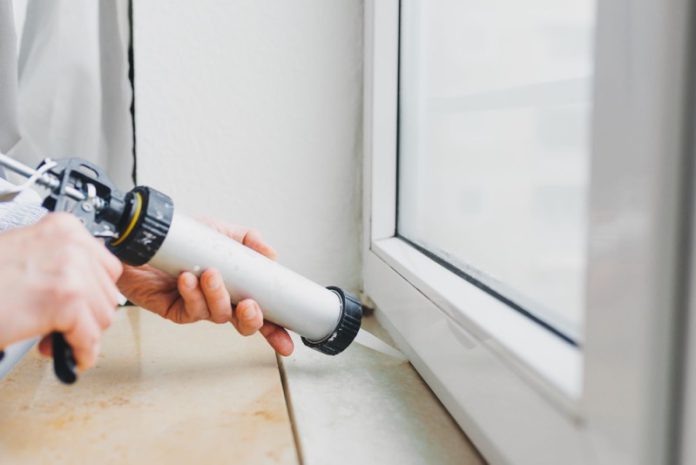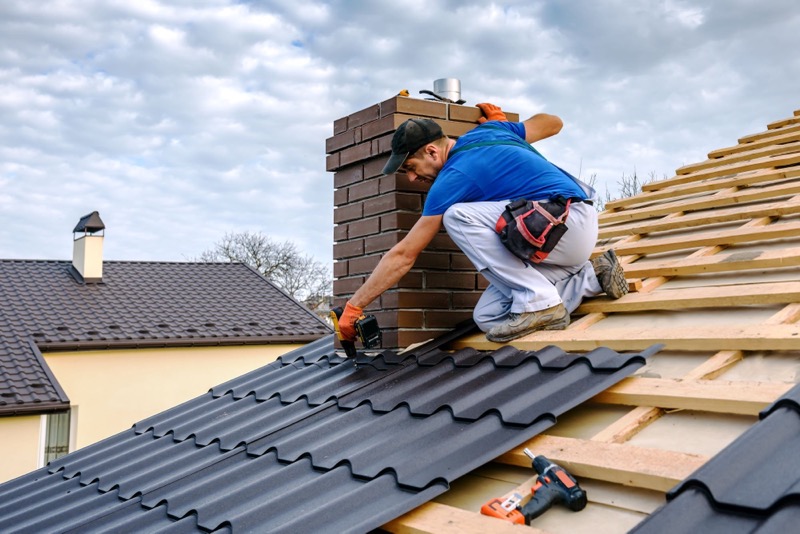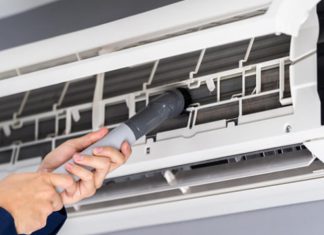The term weather-proofing may conjure images of costly and time-consuming renovations. But in reality, you don’t have to spend too much time and effort to safeguard your property.
Weather-proofing involves minor and major activities that help protect your home against the damaging effects of extreme weather conditions. Doing so guarantees that too much moisture, heat, and cold can’t pass through your property’s exterior and interior surfaces.
Below, you’ll find excellent ways to safeguard your home against harsh weather, whether in a hot and arid state or a cold and rainy place.
1. Ensure Your Roof’s Integrity
As a homeowner, you can perform simple visual inspections while waiting for your yearly maintenance checks. For instance, you can look up to see if there are visible chimney or roof tile damages or if the flashing is intact. Any physical roof damage can increase the risk of water intrusion in your property, leading to structural issues if left unaddressed.
In case of obvious deterioration, call roofing professionals in your area, as they possess the skills and proper equipment to do it correctly. Reputable contractors like this Scottsdale roofing company should be contacted to check your roof’s soundness at least once a year. These roof experts can spot minor issues and fix them before they result in costly repairs. They can likewise replace your roof if it’s in bad shape or restore it in case of significant issues.
2. Seal Air Leaks In Your Doors And Windows
Air leaks are one of the primary reasons for indoor energy and temperature issues. Check for cracks and openings in your windows and doors if your heater or air conditioner works too much to keep you comfortable.
Minimize air leaks by caulking, sealing, and weatherstripping all seams, cracks, and openings around these openings. Doing so can make your home feel more comfortable all year round and help you save on energy bills.
If your windows and doors are completely out of shape, don’t wait any longer and have them replaced. Installing storm windows and doors can also be an option for properties that require them.
3. Repair And Waterproof Your Walls
If some sections of your walls are cracked or deformed or show visible water stains, you must give them attention and replace them. Stains, deformities, molds, and a musty smell are all signs of water damage. You can call professionals near you to ensure that your interior walls are still intact.
Consider waterproofing your walls using concrete coating if a wall replacement is required. This can also be used for wall repair, as the product can be applied without the need to remove wall paint. This coating eliminates moisture problems and can be especially useful for the interior sections of your home that are prone to dampness, including basement and bathroom walls.
4. Install Indoor Insulation
Adding insulation in certain sections of your home is another weather-proofing measure that reduces your power consumption. So, whether your property is in a cold region, where summer heat can be intense, you must consider insulating your attic or basement to stay comfortable and keep your power bills down.
If your home lacks adequate insulation, it may suffer from energy loss, too. So, before the summer and winter seasons, check your crawl spaces, attic, or basement to ensure no cracks or gaps that cause air leaks. At the same time, make sure that ventilation in these areas is good to prevent your home from trapping pollutants and moisture.
5. Get A Smart Thermostat
A smart thermostat can also keep your home comfortable without increasing your bills. It automatically adjusts the settings to optimize the indoor temperature.
One of the most common mistakes that lead to excessive cooling is turning the thermostat up during winter to eliminate heat faster. Unfortunately, as soon as your house gets colder, it loses its energy to the exterior environment more slowly. Ironically, setting your indoor temperature lower slows down heat loss. Programmable thermostats automate indoor temperature intelligently, allowing optimal temperature settings that bring savings.
6. Reinforce Your Home Siding
Water, snow, ice, wind, heat, and humidity can cause condensation and moisture build-up. Ideally, dampness should be kept away from your home’s interior sections to prevent structural issues and costly repairs down the road.
Home siding or cladding is a protective material installed in a residential or commercial building. It removes water and moisture and adds another layer to help weather-proof your property. A damp environment can cause water damage that destroys home construction materials, including wood and cement.
7. Pick A Weather-Friendly Exterior Paint
A fresh coat of paint can do more than uplift your home’s aesthetics. Paint manufacturers use different technologies to make their product lines more resilient to weather damage. For instance, some paint products are more resilient to moisture and chipping and have ultraviolet rays to withstand extreme heat and humidity. These prevent a host of problems caused by moisture intrusion.
Hence, choosing the right paint color for your exterior shouldn’t be your only concern. Consider the climate in your area to pick the right product and boost protection.
Takeaway
Weather-proofing your home isn’t rocket science. To start with, check the potential moisture entry points and gaps. Then, seal all leaks and ensure proper ventilation, so the element can’t inflict indoor damage. Sometimes, you may need professional help evaluating and reinforcing these sections of your property. But, with the right tools and basic home improvement skills, you can make minor reinforcements and prevent any issues from escalating. By doing so, you’ll weather-proof your home more effectively.














